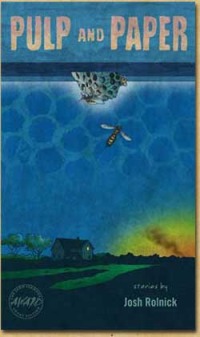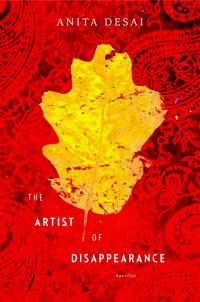Red Flags by Juris Jurevics
 Friday, December 16, 2011 at 2:58AM
Friday, December 16, 2011 at 2:58AM 
Published by Houghton Mifflin Harcourt on September 20, 2011
Solid writing, intense action, strong characters, and a vividly detailed setting make Red Flags a winning hybrid of war story and espionage thriller. The book also offers a nice history lesson in some lesser known aspects of America's involvement in Vietnam.
Erik Rider, an investigator with the Army's Criminal Investigation Division, is assigned to disrupt the manufacture, transportation, and sale of drugs that are used to finance the Viet Cong. Rider travels to Cheo Reo in his undercover role as a captain, where he meets the CO -- Lt. Col. Bennett -- and a CIA agent named John Ruchevsky. After Rider finds and destroys a marijuana field, there's a price on his head, but his real goal is take out the poppy fields. That goal proves to be unpopular with people in the money chain -- people who might be closer to him than he thinks. As Rider digs more deeply into the drug trade, Ruchevsky searches for the spy who is giving classified information to the North Vietnamese. The two investigations eventually become entangled.
Rider has an interesting relationship with a female doctor -- interesting because Juris Jurevics avoids treating the reader to a clichéd combat romance. In fact, nothing about Red Flags is clichéd. The story is original, the characters genuine.
Clean, crisp, evocative prose sets this novel apart from most war thrillers. Jurevics crafts scenes of war that are poignant and heartfelt. The action scenes in Red Flags are written with adrenalin-pumping power. Although the novel moves at a brisk pace, there are only a few combat sequences. Rather, Jurjevics creates stark images of the fighting's aftermath: devastated landscapes, bloated corpses, haunted soldiers and grieving civilians. He also builds tension with anticipation: you know the shooting is coming but you don't know when. Jurjevics masterfully conveys a soldier's sense of waiting in dread, always living somewhere between boredom and terror.
As background to Rider's personal story, Red Flags captures the political complexity of Vietnam during the war era. The novel's focus on drug trafficking -- an instrument that financed both sides of the war -- isn't new, nor is its depiction of widespread corruption among the South Vietnamese leadership, but its emphasis on the role played by the Montagnard is something I haven't seen in other Vietnam fiction. Jurjevics manages to explain the conflicts between the different political, ethnic, and religious factions in South Vietnam without slowing the novel's pace.
The plot is well constructed and a critical event near the novel's end, although foreshadowed in the prologue, comes as a shock. The novel doesn't have a happy ending but neither did the war. The ending is nonetheless satisfying. The story as a whole conveys a feeling of reality seldom found in the shallow tales of heroism that too often characterize military fiction. This is one of the best military espionage thrillers I've encountered.
HIGHLY RECOMMENDED
 TChris |
TChris |  Post a Comment |
Post a Comment |  HR,
HR,  Juris Jurevics,
Juris Jurevics,  Recent Release in
Recent Release in  Thriller
Thriller 


